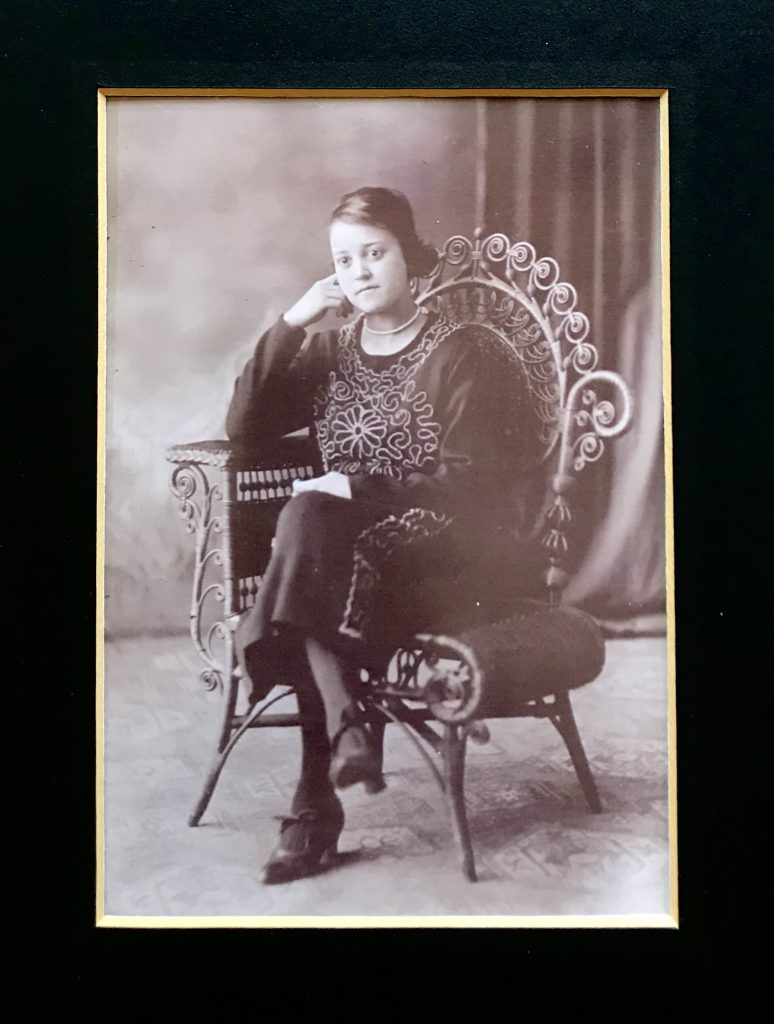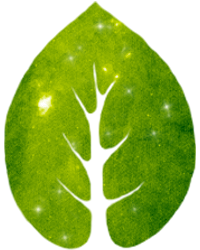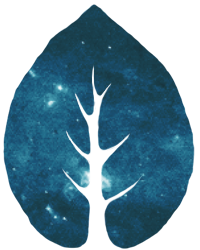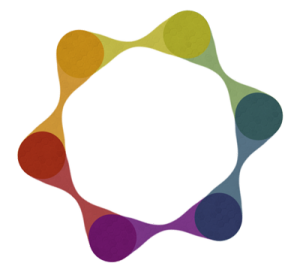
If you haven’t really thought it through, you probably have either many more or way fewer grandparents than you may think.
None of us actually know how many grandparents we have due to a phenomenon called pedigree collapse. This article explains what pedigree collapse is and how it affects your family history.
The Thousands of Grandparents Who’ve Joined to Bring you Forth
Humans have been around for a while, so we each have far more grandparents than we can begin to imagine, let alone document.
|
Generation |
Ancestors |
Total Ancestors Per Generation |
Cumulative Ancestors |
|
1 |
You |
||
|
2 |
Parents |
2 |
2 |
|
3 |
Grandparents |
4 |
6 |
|
4 |
Great Grandparents |
8 |
14 |
|
5 |
2nd Great Grandparents |
16 |
30 |
|
6 |
3rd Great Grandparents |
32 |
62 |
|
7 |
4th Great Grandparents |
64 |
126 |
|
8 |
5th Great Grandparents |
128 |
254 |
|
9 |
6th Great Grandparents |
256 |
510 |
|
10 |
7th Great Grandparents |
512 |
1,022 |
|
11 |
8th Great Grandparents |
1,024 |
2,046 |
|
12 |
9th Great Grandparents |
2,048 |
4,094 |
|
13 |
10th Great Grandparents |
4,096 |
8,190 |
|
14 |
11th Great Grandparents |
8,192 |
16,382 |
Just think: You are a literal manifestation of the biological matter that formed all your (grand)parents. If just one of those parents or grandparents were removed from your ancestral line, you would not exist in the human form you are today.
I decided to end this chart at the 14th generation because, in reality, none of us actually have 8,192 11th great grandparents. In fact, many of us don’t even have 64 4th great grandparents due to pedigree collapses.
What is Pedigree Collapse?
A pedigree collapse occurs when two closely related people produce offspring. Closely related, or consanguineous, people share common grandparents.
What is Consanguinity?
Consanguinity means relation by blood. Any two or more people who share common grandparents are consanguineous.
Inbreeding, or consanguineous mating, naturally occurs throughout the Animal Kingdom. The whys and hows quite fascinating to study, but I won’t expand on them here as I’m not an anthropologist.
In short, we humans tend to forget we are animals biologically wired to survive and procreate. Consanguineous unions, most commonly among cousins, have occurred throughout human history. They have definitely happened in your lines of human history.
If you’re weirded out by the idea of cousins procreating and you want to accurately document your family history, you might as well get over it. Mating among related humans is and has always been, a thing.
How our Grandparent’s Choices Created Pedigree Collapses
Long story short, our not so distant ancestors didn’t have cars, planes, and trains to facilitate travel. Many lived their entire life in the same geographical area.
Also, women on average bore more children than they do today. In 1800 the average number of children born to a North American woman was 7.0, in contrast, the average birth rate in 2018 was 1.728 (source: Wikipedia).
Your not so distant grandparents (3rd and back, depending on your age) lived their lives in close proximity to their parents, grandparents, children, and grandchildren. This led to hundreds of cousins co-existing in the same communities.
An example of Pedigree Collapse
- Let’s say two second-cousins joined together in a union.
- Their common direct ancestors would be their Great Grandparents.
- Their Great Grandparents will be their children’s Great Great Grandparents.
- Because the consanguineous parents share a set of Great Grandparents, their children would have 7 sets of Great Great Grandparents, instead of 8.
Cosanguious Connections in My Family Tree
I’ve discovered a few marriages of cousins among my British ancestors in colonial America. These were affluent people who most likely married within the family to protect financial interests and preserve ancestral lineages. This was common and accepted in Britain and British America at the time.
More interesting to me are consanguineous unions along the branches of my family who were part of an allied group of free persons of color in 19th Century Clinton County, Illinois (surnames: Killion, Curtis, Mayhew, Hickman, Pendergrass, Burns, and Goins).
Members of each of these families married and gave birth in Clinton and St. Clair Counties for at least 3 generations, before spreading out to Bond and Madison Counties, and the city of St. Louis, Missouri in the 20th Century.
Conversations with My Great Grandmother Frances Kinney Alexander

I’ve learned through interviews of several of my relatives that many of them didn’t know they were cousins, and a few did. My primary source is my Great Grandmother Frances (Kinney) Alexander. She was a descendant of the Killion, Hickman, Curtis, Pendergrass, Goins, and Burns lines and the one Soul who sparked my interest in genealogy as a child.
Grandma was decidedly against cousin unions. She knew who was kin to whom and judged accordingly. I’ve since discovered consanguineous connections in our Curtis lines that may explain her feelings about cousins marrying.
Frances Kinney’s Family Tree
 Frances Kinney’s Family Tree
Frances Kinney’s Family Tree
- Frances’s maternal 2nd Great Grandmother, Amelia Curtis, was a cousin to her paternal 2nd Great Grandfather, Henry Curtis Jr.
- Her paternal Great Grandparents, Annie Curtis, and Henry Pendergrass were first cousins.
- Though, as of this writing, I haven’t found enough data to validate Amelia Curtis’s parentage, I suspect Henry Curtis Sr. and his wife Dorethea (surname unknown) are the common ancestors of our Curtis grandparents (and cousins).
Knowing my Grandma, I believe she knew the family lineage to some degree, but don’t know whether or not her feelings were related to her personal experiences.
The Pedigree Collapse In My Tree
There’s a pedigree collapse in my 9th Generation of 6th Great Grandparents. As Henry Curtis Sr. (b. 17 Aug 1750 or 1760 in Amelia County, Virginia) and Doretha (possibly born around 1755, place unknown) are parents to 2 of my 5th Great Grandparents.
So, I have 254 6th Great Grandparents instead of the 256 I’d have if cousins had never partnered.
The pedigree collapse for Frances occurs in her 6th generation with her 3rd Great Grandparents. She has 30 3rd Great Grands instead of 32.
I can confidently say if I knew the life stories of all my 6th Great Grandparents I’d find more pedigree collapses. The same is true for you.
The Cycles of Denial and Shame about Cosanguineous Unions in the North American Psyche
This article focuses on the United States where consanguineous unions are frowned upon and even against the law (in some states) today. However, consanguineous relations are still currently commonplace and accepted in many other parts of our World. It’s been speculated that 80% of all marriages throughout human history were consanguineous.

Genealogical Research Considerations Regarding Cosanguineous Unions
I’ve witnessed disappointment, sadness, and disbelief at the discovery that parents and/or grandparents were cousins. I’ve seen family history purposely skewed to hide consanguineous parentage. Who wants a fake family tree? Evidently, quite a few of us would rather pretend a lie than document the truth – a side effect of belief systems inherited from ancestors still consciously activated today.
Watch Out for Messy Family Trees
The documentation of misinformation isn’t always intentional. If you go back far enough, you’ll eventually notice the same great grandparents popping up on different branches (like Henry and Doretha above). If not consciously aware of the realities of human mating, a novice researcher may think, “this can’t be right, they’re cousins”, then plug the wrong person into their family tree.
The Internet has enabled a proliferation of erroneous family histories to be publically documented on popular genealogy sites. Please keep this in mind if you’re inclined to blindly accept data from other family trees as fact.
Thankfully, DNA never lies. However, genetic genealogy will not yield factual genealogies if family trees with erroneous entries are being used as sources. If you use Ancestry.com‘s ThruLines, you know what I mean.
I’d like to note that ThruLines is a wonderful tool when it’s pulling data from factual sources. There’s no way for Ancestry.com to control the user data it pulls from. Discernment is always the responsibility of the researcher. Misinformation provides a valuable gift as it breeds the questions, that spur the research which ultimately reveals the truth.
Remain Grounded in Verifiable Historical Facts
Despite personal feelings, opinions, beliefs, or judgments we may foster about consanguineous unions, the Human will to expand upon its Earthly contributions and the almighty force we call love always wins.
As you research your people, it’s important to perceive documented facts as what they are: impersonal, opinionless, emotionless blocks of data that reveal a story. An objective understanding and neutral acceptance of the social customs and practices of our ancestors is vital to capturing the actual human experiences that have created everyone who lives today.

Soul-Centered Research Considerations
Unfortunately, skewed and narrow-minded perspectives of reality have caused a great deal of collective pain for many and have even isolated people from their biological families.
The soul-centered aspect of my genealogy practice has often helped bring clarity and a sense of peace to those who’ve descended from family lines with a fostered a legacy of shame surrounding consanguineous partnerships and the children who’ve descended from them.
Sharing family history that includes a consanguineous union or two with a relative who feels a certain type of way about it can sometimes require sensitivity an open mind on your part. You may be triggering memories tied to the social stigmas they, their parents, and siblings have had to contend with. It’s wise and kind to always be mindful of different experiences, beliefs, and perspectives.
Resources for Further Study
Here are a few resources to peruse if you’re interested in broadening your understanding of Grandparentage, Pedigree Collapse, and Cosenguaneous Unions in the U.S.A.:
- Your Family: Past, Present, and Future (waitbutwhy.com) – this is both lighthearted and incredibly informative.
- Forbidden relatives: the American myth of cousin marriage (by Martin Ottenheimer) – an exploration of the political reasons consanguineous unions are illegal in the U.S.A. and the social impacts of resulting adopted mindsets.
- Pedigree Collapse and Your DNA Matches (yourdnaguide.com)
- Go Ahead, Kiss Your Cousin (discover magazine.com)






